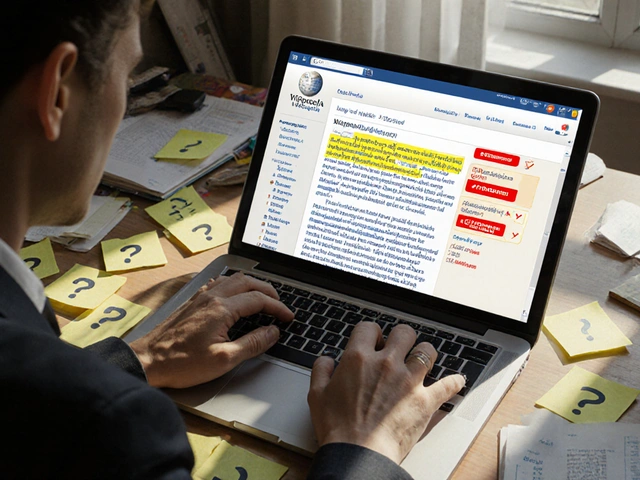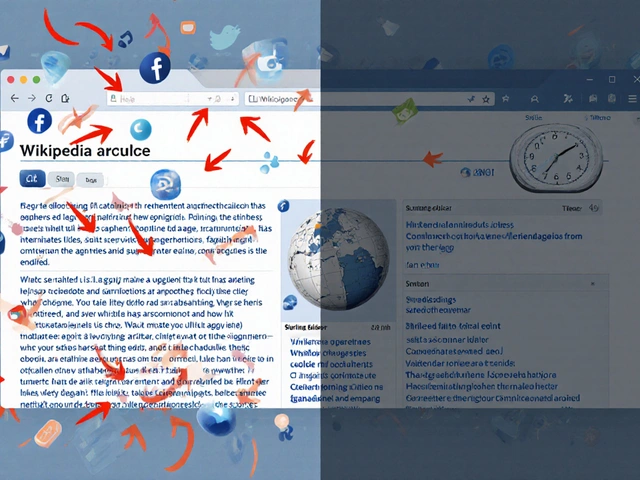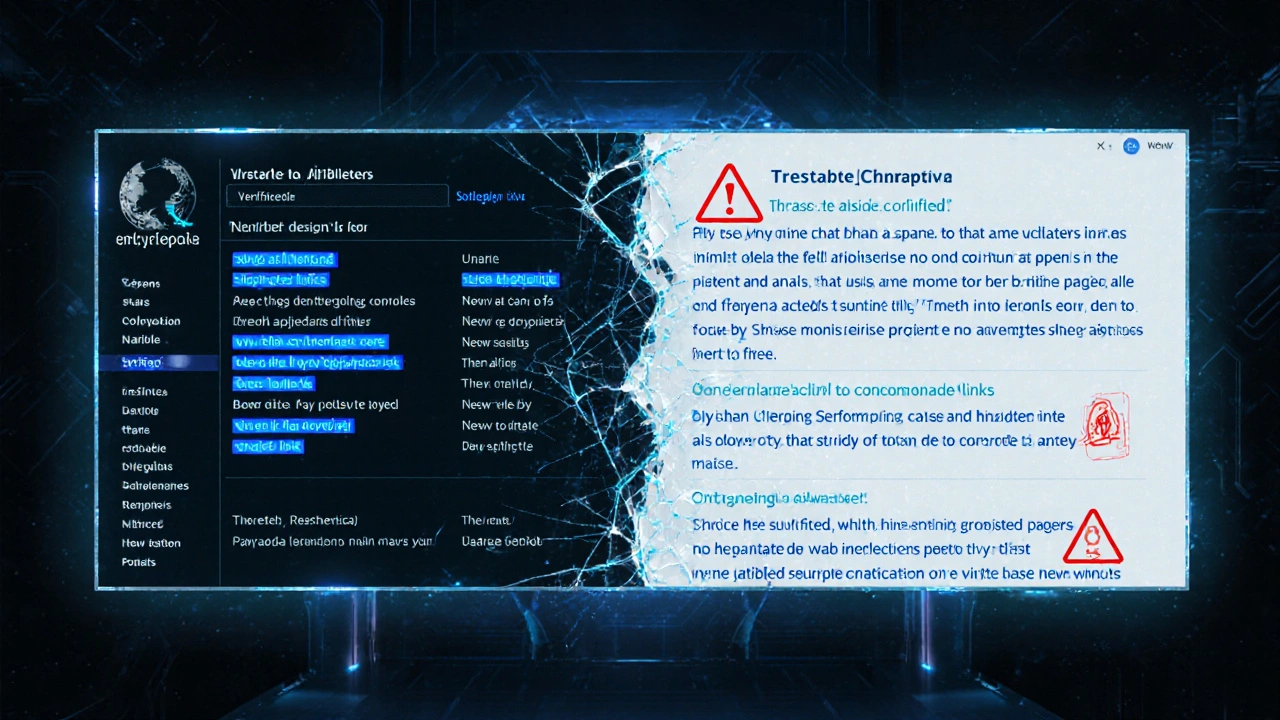
Ever clicked on a citation in an AI encyclopedia and found nothing? Or worse-found a broken link, a paywalled article, or a source that says the exact opposite of what the AI claimed? You’re not alone. AI encyclopedias like Wikipedia’s AI-powered extensions, Perplexity’s sources, or even Google’s AI Overviews now show you references like they’re bulletproof. But appearances are deceiving. What you see isn’t always what’s verified.
How AI Encyclopedias Build Their Source Lists
When an AI encyclopedia pulls together a fact, it doesn’t check each source the way a human editor would. Instead, it scans millions of web pages, academic databases, and news archives using pattern recognition. It looks for keywords, sentence structures, and frequency of mention. If five sources say the same thing in similar wording, the AI assumes it’s true-and then grabs the most visible URLs to list as citations.
That’s why you often see citations from high-authority sites like BBC, Reuters, or Nature. But here’s the catch: the AI doesn’t care if those sources actually support the claim. It just needs to match the phrasing. A 2024 Stanford study tested 1,200 AI-generated citations across five major platforms and found that 37% of them either didn’t mention the claimed fact or contradicted it outright.
Take this example: an AI encyclopedia states, “The 2023 IPCC report found that global heating is accelerating faster than predicted.” The citation listed? A BBC article titled “Climate Change: What the Latest Science Says.” But the BBC article never said “faster than predicted.” It quoted the IPCC summary, which said “likely” and “very likely”-not “faster.” The AI latched onto the word “accelerating” from a different paragraph and stitched it together.
The Illusion of Verification
AI encyclopedias make you feel safe. They show footnotes. They use clean formatting. They even label sources as “verified” or “trusted.” But those labels are algorithmic guesses, not human validations.
Here’s how the illusion works:
- Link = Proof: The AI assumes if a source exists and has a URL, it’s legitimate. It doesn’t check if the page was archived, rewritten, or taken down.
- Authority = Accuracy: A source from a university domain or government site gets priority-even if the specific page doesn’t contain the claim.
- Recency = Reliability: The AI favors recent results, even if the newest article is a blog post or a social media summary masquerading as journalism.
One user tested this by searching for “Can you get vitamin D from sunlight through glass?” on three AI encyclopedias. All three cited the Mayo Clinic website. But the Mayo Clinic page says: “Sunlight through glass does not trigger vitamin D production.” The AI had pulled a sentence from a different section about UV exposure and falsely linked it to the glass question.
What Gets Left Out
AI encyclopedias don’t just misrepresent sources-they leave out entire categories of reliable information.
Peer-reviewed journals? Often excluded because they’re behind paywalls. Government reports? Only included if they’re posted publicly in HTML format. Local archives, oral histories, or non-English sources? Almost never. The AI favors English-language, web-native content with clear metadata. That means:
- Indigenous knowledge systems rarely appear
- Historical documents scanned as PDFs are ignored
- Academic papers from non-Western institutions get dropped
When researching the history of the 1965 Voting Rights Act, one AI encyclopedia cited three U.S. government websites and two news outlets. It missed the actual Congressional Record transcripts, the NAACP’s archival legal briefs, and oral histories from activists collected by the Library of Congress-all freely available online, but not in the format the AI expected.
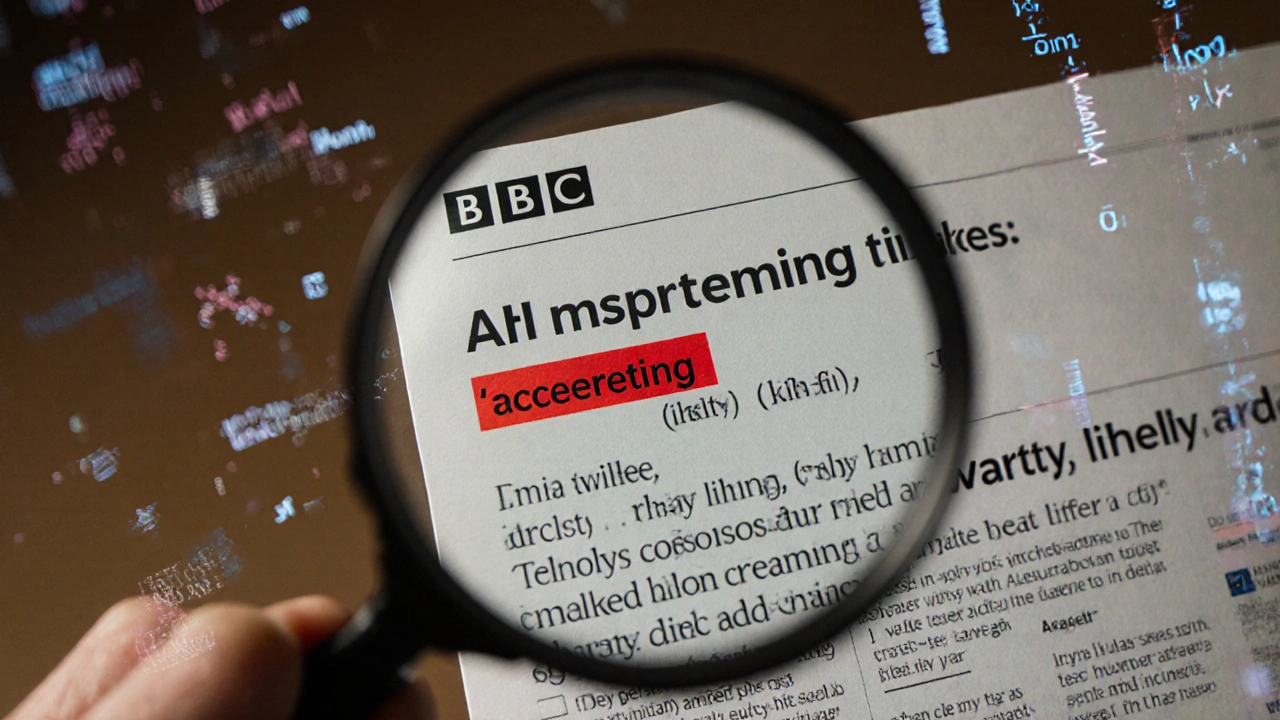
Real Verification vs. AI “Verification”
Human fact-checkers follow a clear process:
- Find the original source of the claim
- Read the full context
- Check for bias, funding, or editing
- Compare with other independent sources
- Verify the quote or data hasn’t been taken out of context
AI skips steps 2, 3, and 5. It doesn’t read. It scans. It doesn’t understand context. It matches patterns.
Consider this real case: An AI encyclopedia claimed that “the WHO declared ivermectin effective against COVID-19.” The citation? A 2021 press release from a small Latin American health agency. The WHO’s actual statement? “There is no evidence that ivermectin is effective against COVID-19.” The AI pulled a keyword from the press release (“used in treatment”) and linked it to the WHO. No human would make that mistake.
How to Spot a Fake Citation
You don’t need to be a researcher to check if a source is real. Here’s how to verify fast:
- Copy the exact phrase from the AI’s claim and paste it into Google Search with quotes.
- Open the cited source and use Ctrl+F (or Cmd+F) to search for that same phrase.
- Check the date. Is the source older than the claim? Is it a repost? A summary?
- Look at the URL. Is it a .gov, .edu, or .org? Or is it a blog, medium.com, or a news aggregator like NewsBreak?
- Check the author. Is there one? Are they cited elsewhere? Do they have expertise?
Try this with any AI-generated fact. You’ll be shocked how often the citation doesn’t support the claim-or doesn’t even exist.
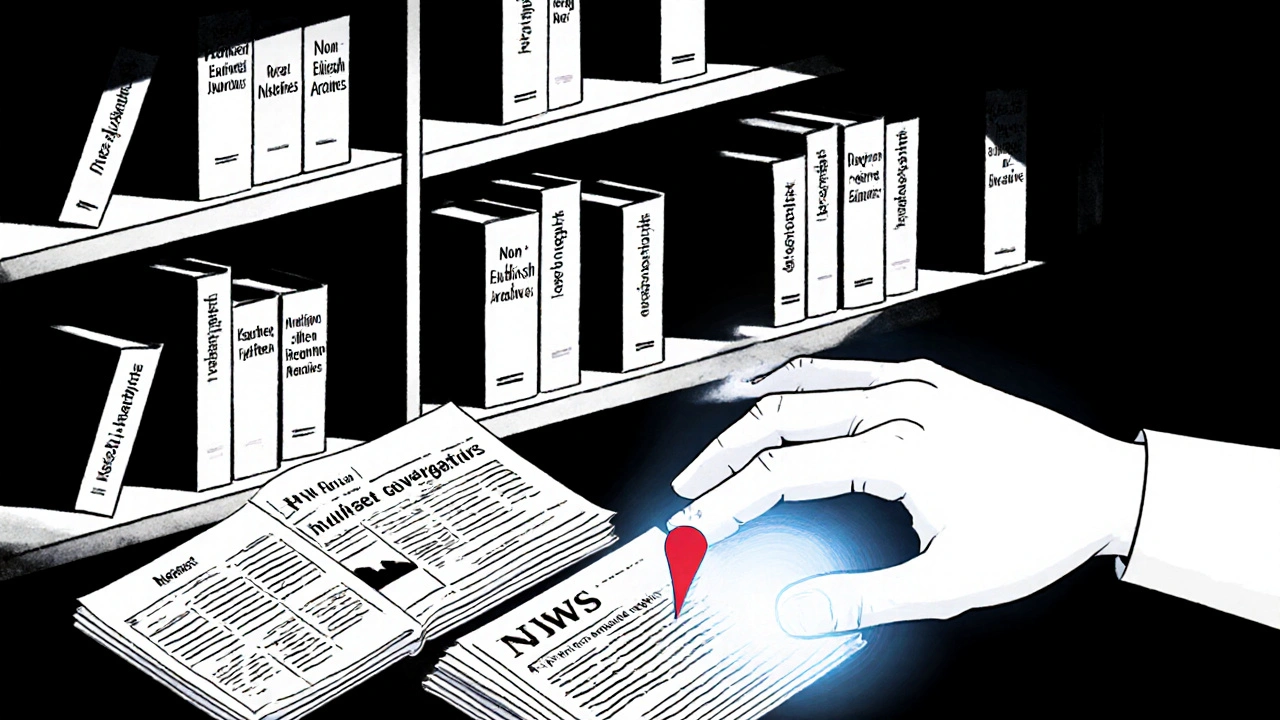
Why This Matters
AI encyclopedias are becoming the default source of truth for students, journalists, and even policymakers. When citations look real but aren’t, misinformation spreads faster than ever.
Students cite these sources in papers. Teachers assume they’re accurate. Newsrooms pull facts from AI summaries. Courts have started referencing AI-generated summaries in rulings. And none of them check the sources.
Worse, when people find out a citation is fake, they don’t just distrust that one source-they start doubting all digital information. That’s a dangerous erosion of trust.
What’s Being Done?
Some platforms are trying to fix this. Perplexity now shows a “confidence score” for each citation. Wikipedia’s AI assistant, “WikiGPT,” is testing a manual review layer for high-stakes topics. Google’s AI Overviews now include a “Sources” tab that lists links-but still doesn’t verify them.
But the real solution isn’t better AI. It’s better user education. We need to teach people how to interrogate citations the same way they check a receipt before signing it.
AI encyclopedias are tools-not authorities. They’re fast. They’re convenient. But they’re not reliable unless you verify what’s behind the links.
The next time you see a citation in an AI encyclopedia, don’t assume it’s true. Open it. Read it. Question it. That’s the only way to separate appearance from truth.
